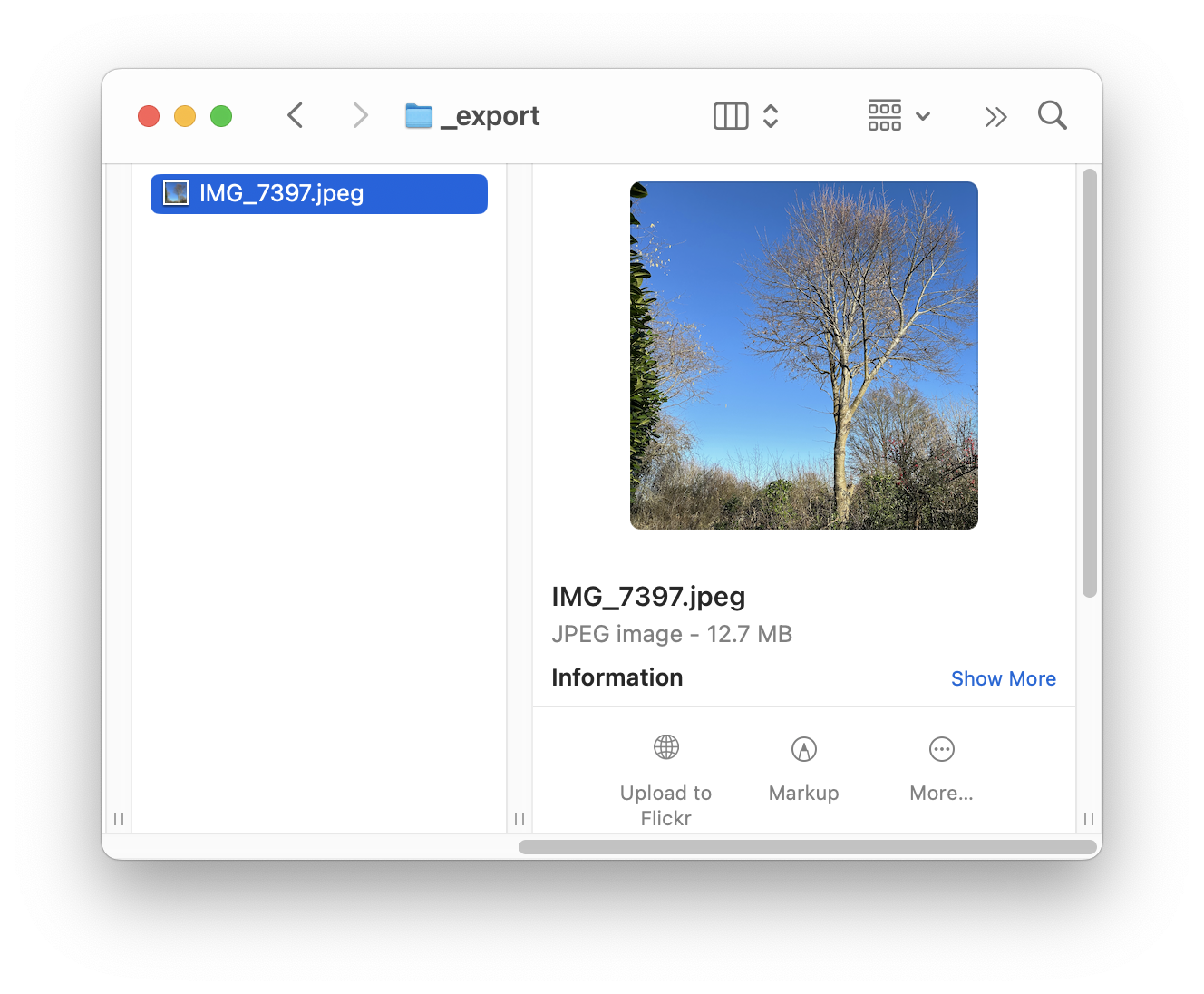A short primer on SPF, DKIM and DMARC
I use FastMail for my email and as I control my own domain, I needed to set up SFP, DKIM and DMARC on it. These are DNS records that help the email servers put the emails that I send into my recipient's inbox and to mark any forged emails as spam. These are my tidied up notes so that I can find them again when I next need them. SPF SPF is a DNS record… continue reading.







